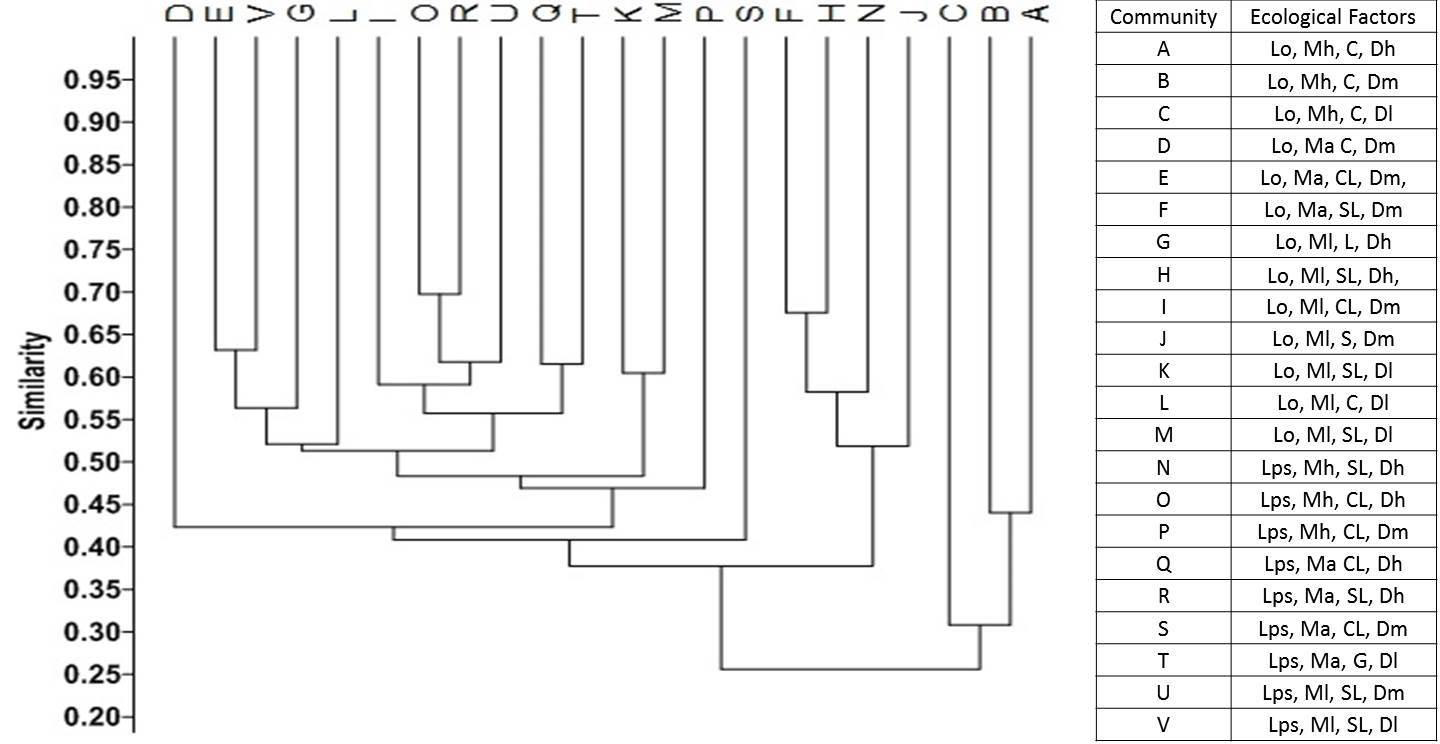Tropical Plant Research
An International Journal by Society for Tropical Plant Research
2016, VOLUME 3 ISSUE 2Pages: 364-369
Similarity and difference of species among various plant communities across grassland vegetation of north-eastern Uttar Pradesh
Sumit Srivastava and R. P. Shukla*
Abstract:
The grassy landscape as a mosaic of grassland patches presented 287 species in the sampled quadrats which represented 177 genera under 53 families. The species composition of different sites varied significantly and the species richness increased with the heterogeneity of communities. Some communities were found to be homogenous possibly due to similar ecological conditions. The highly disturbed communities showed reduced dominance and sprouting of many exclusive species in the communities. A few species, common to most of the concrete communities were Aneilema nudiflora, Cynodon dactylon, Evolvulus nummularis, Desmodium triflorum, Lindernia decussata, L. ciliata and Rungia repens. These species also showed high presence and constance values indicating their wide ecological amplitude to cover various microhabitats. The cluster analysis also showed distinct patterns of presence for various grassland communities. Few communities showed more similarity among themselves, suggesting quite similar structural and floristic patterns, probably due to better survival of common species. The heterogeneity of communities may be created by habitat degradation, climate and soil conditions, overgrazing, trampling and soil erosion in an area. Few species, which could not survive the severity of these factors, added heterogeneity to the grassy landscape.
The grassy landscape as a mosaic of grassland patches presented 287 species in the sampled quadrats which represented 177 genera under 53 families. The species composition of different sites varied significantly and the species richness increased with the heterogeneity of communities. Some communities were found to be homogenous possibly due to similar ecological conditions. The highly disturbed communities showed reduced dominance and sprouting of many exclusive species in the communities. A few species, common to most of the concrete communities were Aneilema nudiflora, Cynodon dactylon, Evolvulus nummularis, Desmodium triflorum, Lindernia decussata, L. ciliata and Rungia repens. These species also showed high presence and constance values indicating their wide ecological amplitude to cover various microhabitats. The cluster analysis also showed distinct patterns of presence for various grassland communities. Few communities showed more similarity among themselves, suggesting quite similar structural and floristic patterns, probably due to better survival of common species. The heterogeneity of communities may be created by habitat degradation, climate and soil conditions, overgrazing, trampling and soil erosion in an area. Few species, which could not survive the severity of these factors, added heterogeneity to the grassy landscape.

Fig.: A bray-Curtis presence/absence based similarity indices between any two of the 22 communities occurring under different ecological set ups.
| 0 | 1 | 2 | 5 | 5 | 7 | 1 | 0 |


